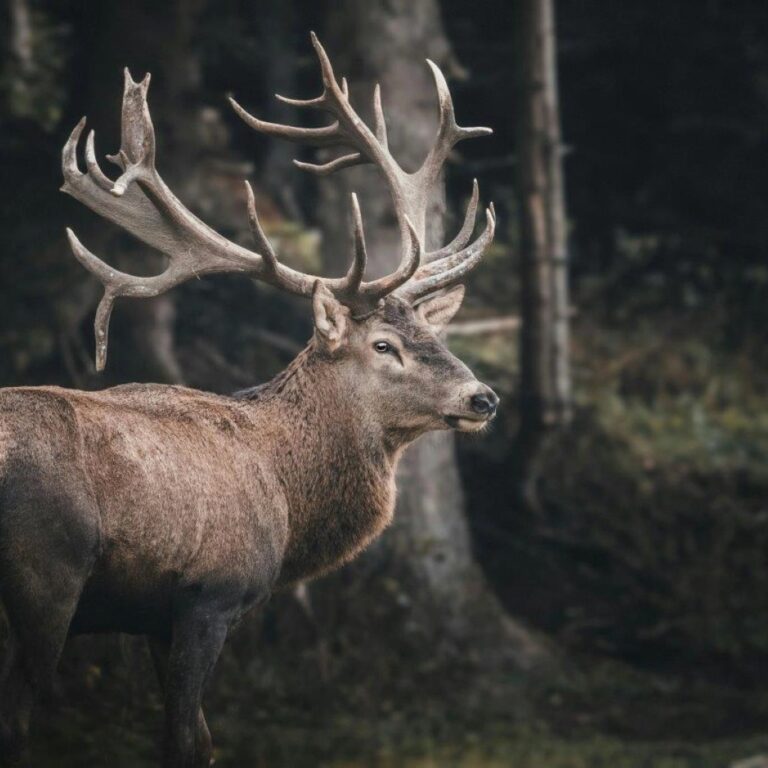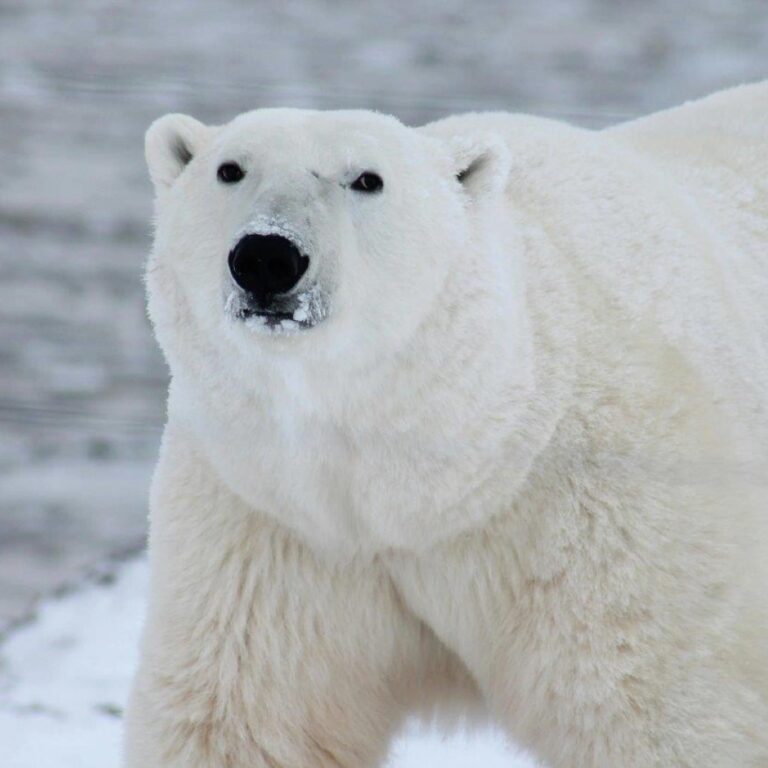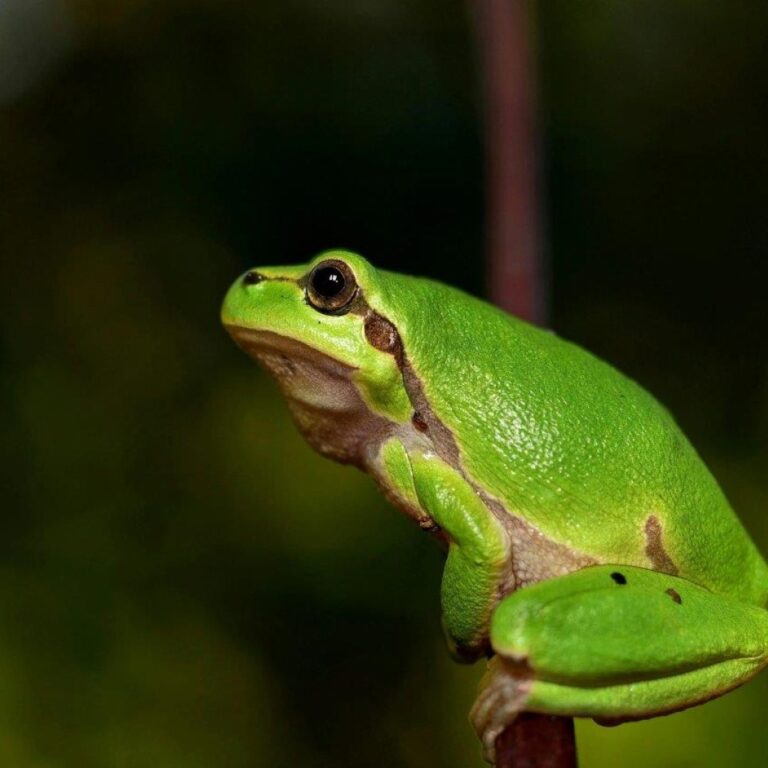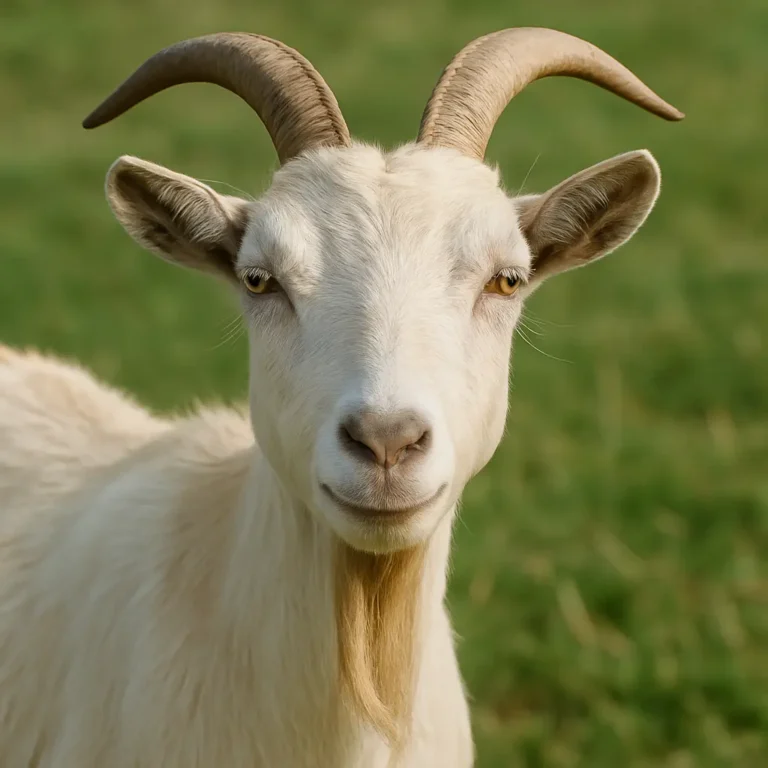Reindeer (Rangifer tarandus) are the only species of deer in which both males and females grow antlers. The antlers of males are larger and are usually shed after the breeding season, while females retain their antlers throughout the winter.
Reindeer are incredibly well-adapted to cold climates. Their thick fur, which consists of hollow hairs, provides excellent insulation by trapping air and keeping them warm in temperatures as low as -50 degrees Fahrenheit.
Reindeer are known for their impressive migratory journeys, with some herds traveling up to 3,000 miles annually in search of food. This is one of the longest migrations of any terrestrial mammal.
The diet of reindeer varies with the seasons. In the winter, they primarily feed on lichen, a type of symbiotic organism that grows on rocks and trees. In the summer, they graze on grasses, leaves, and shrubs.
Reindeer have specialized hooves that change with the seasons. In the summer, their hooves are spongy and provide traction on soft, wet ground. In the winter, their hooves harden and become sharp, helping them dig through snow to find food.
Reindeer have a unique adaptation in their nasal passages that warms the cold air before it reaches their lungs. This helps conserve body heat in the frigid environments they inhabit.
The eyes of reindeer change color with the seasons. In the summer, their eyes are golden brown, which helps reduce the amount of sunlight that enters the eyes. In the winter, their eyes turn blue, which improves their vision in low light conditions.
Reindeer are excellent swimmers and can cross rivers and lakes during their migrations. Their hollow hair provides buoyancy, and their strong legs and hooves help them paddle through the water.
The relationship between reindeer and humans dates back thousands of years. Indigenous peoples of the Arctic, such as the Sami of Scandinavia and the Nenets of Russia, have traditionally herded and relied on reindeer for food, clothing, and transportation.
Reindeer are the only deer species that have been domesticated. Domesticated reindeer are used by indigenous peoples for herding, pulling sleds, and providing milk, meat, and hides.
In popular culture, reindeer are perhaps best known for their association with Christmas, where they are depicted as pulling Santa Claus's sleigh. The idea of flying reindeer was popularized by the 1823 poem 'A Visit from St. Nicholas.'
Raindeer have a highly developed sense of smell, which they use to locate food under the snow. They can detect the scent of lichen and other vegetation buried beneath several feet of snow.
The velvet that covers a reindeer's antlers as they grow is rich in blood vessels and nerve endings. This velvet provides nutrients to the developing antlers and is shed once the antlers are fully grown.
Reindeer have a complex social structure and live in large herds that can number in the tens of thousands. These herds provide protection from predators and help with the coordination of long migratory journeys.
Conservation efforts for reindeer are important, as they face threats from habitat loss, climate change, and industrial development. Protecting their migratory routes and natural habitats is crucial for their survival.
How useful was this post?
Click on a star to rate it!



